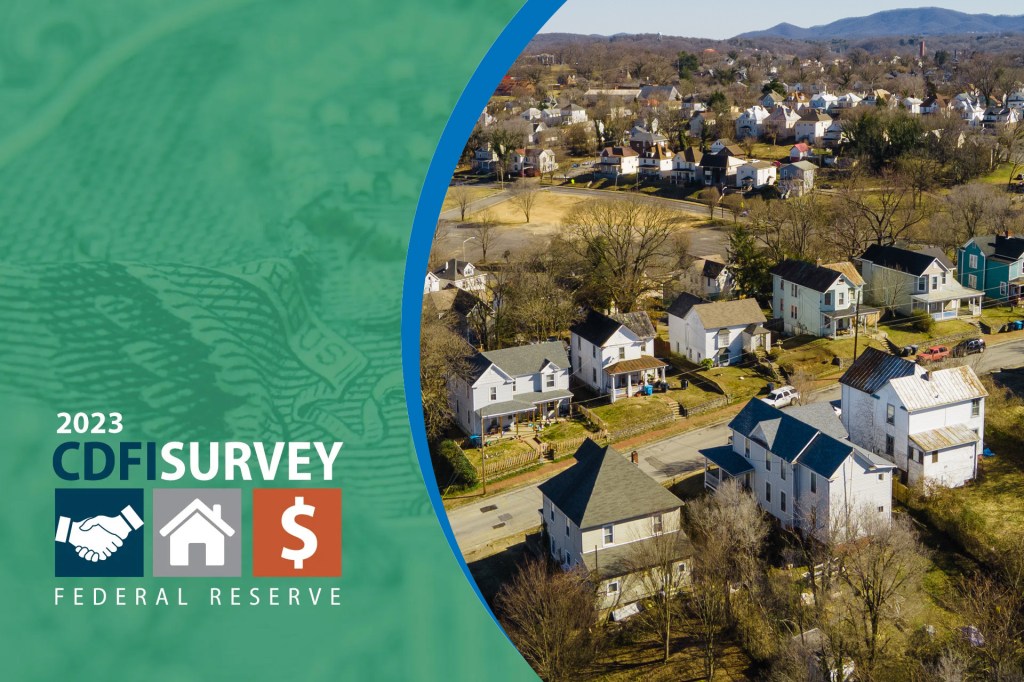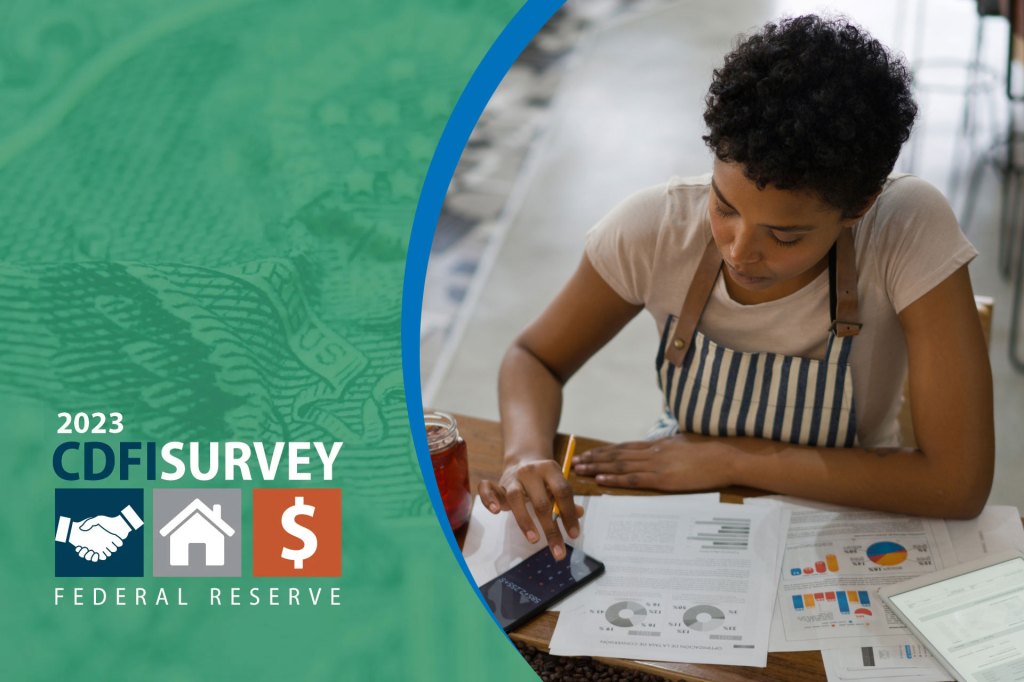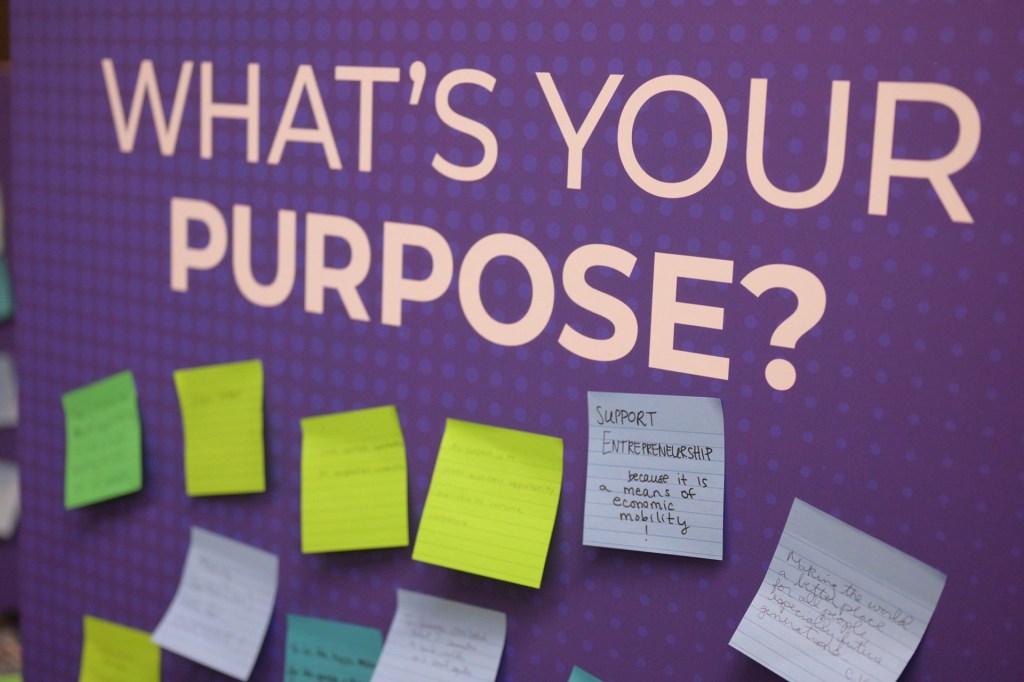Community Development Financial Institutions (CDFIs) are mission-driven to improve capital access and offer financial stability to clients whose needs are not well met by the conventional finance industry. To do this, they use strategies that enable them to customize products and provide development services. One of the questions in the Federal Reserve’s 2023 CDFI Survey invited CDFIs to describe the innovative products, practices, and partnerships that they developed to better serve their clients. The approximately 350 responses varied from brief CDFI product descriptions to detailed accounts of multifaceted programs across business lines.
Some respondents described activities that are considered innovative relative to how conventional financial institutions operate but are relatively common among CDFIs. For example, many detailed their CDFI’s flexible lending practices, such as those related to underwriting, which accommodate borrowers with circumstances that make them ineligible for conventional loans.
This article focuses on products or practices supporting housing access and stability that are unique within the CDFI industry. Innovations from the home purchase and home improvement business line promote and sustain homeownership for households, and residential real estate development business line innovations contribute to creating new affordable housing units. Respondents also detailed innovations in consumer and small business finance, which will be discussed in a later post.
Putting homeownership within reach
Home purchase products and programs improve access to homeownership among low- and moderate-income (LMI) borrowers. CDFIs help first-time homebuyers navigate the process by providing homebuyer counseling, downpayment assistance products, and affordable mortgage products.
As part of an economic mobility program, one CDFI supports a lease-purchase program that runs in collaboration with partner organizations. The respondent described how a local affordable housing organization builds and leases new homes to program participants at below-market rent, placing $500 of their rental payment in an escrow account each month. After 25 months, the participant has the option to buy their home and put the $19,500 in their escrow account toward the downpayment. This program simplifies the process of saving for a downpayment while keeping the rent affordable.
Several CDFIs described innovative mortgage products designed to promote both homeownership and financial stability. Homebuyers with limited cash for a down payment sometimes opt for high loan-to-value (LTV) mortgages. If they put less than 20 percent down on their home, their lender often requires them to buy private mortgage insurance (PMI), which adds to their monthly mortgage cost. One CDFI developed a program to help defray the PMI cost to the borrower. Like PMI, clients pay a premium on their mortgage, but it goes into a savings account they can access after 10 years.
Another CDFI developed a multifaceted program to help Black, Indigenous, and People of Color (BIPOC) families with limited generational wealth afford homeownership. The program features a 100 percent LTV mortgage and a 0 percent closing cost loan blended into the mortgage. Borrowers are offered financial capability coaching as well as a seeded savings account – an account containing an initial deposit from a sponsor – for financial emergencies to protect against financial hardship caused by unexpected home repair needs or income loss.
Manufactured homes tend to cost less to build than similar conventionally built homes. This makes them a relatively affordable homeownership option in terms of price, but financing the purchase can be costly because mortgage lenders often won’t finance manufactured homes. Therefore, manufactured homebuyers have few options beyond higher-cost personal loans, which eat into the homes’ affordability. Two CDFIs described products designed to offer more affordable financing to manufactured homebuyers. They accommodate borrowers who do not own the land where their home is located or whose homes are on family land. These are both reasons why mortgage lenders might deny financing to a manufactured homebuyer.
Sustaining homeowners’ financial stability
Several CDFIs shared resources that promote housing stability and financial well-being in the face of challenging circumstances, such as falling behind on mortgage payments or needing a home repair.
One CDFI developed mortgage products for homeowners experiencing foreclosure, which feature innovative underwriting, closing, and negotiating practices. The respondent answered that this is because “people can be difficult to reach when they are going through foreclosure as they [may] be unwilling to look for help or may not know of available resources,” and it informs clients of its products by advertising and through partner organizations that work with defaulted homeowners.
“People can be difficult to reach when they are going through foreclosure as they [may] be unwilling to look for help or may not know of available resources.”
Homeowners sometimes defer home maintenance or repairs for financial reasons. But often the repair need worsens and becomes more costly, and the home becomes a less safe or healthy place to live. Two CDFIs developed programs to finance home repairs using low-cost, deferred, and forgivable loans. One is for low-income homeowners needing significant repairs and the other for homeowners of color. They also provide technical assistance throughout the process by coordinating with existing home repair programs serving LMI residents or providing full-service construction management to clients. Another CDFI offers repair support alongside property tax relief and mortgage assistance products to help clients who have fallen behind on either payment.
Supporting emerging BIPOC developers
CDFIs have developed both innovative financial products and development services to help new BIPOC developers grow their businesses. These resources help emerging developers be more competitive, foster diversity within the industry, and build wealth in BIPOC communities.
Two CDFIs described financing opportunities dedicated to BIPOC developers. One offers an unsecured, predevelopment line of credit for Black-owned affordable housing developers using nontraditional underwriting. For example, it considers skill and experience to meet capacity requirements and puts less emphasis on personal wealth.
Several respondents described capacity building services for BIPOC developers. One offers a rigorous program that:
“Combines [the CDFI’s] local knowledge, access to mentorship and partnerships, and flexible project financing to support developers of color in building long-term wealth, increase knowledge and connections in their local market and regionally, and stabilize neighborhoods through improvements to the built environment.
This eight-month, intensive, cohort-based capacity building program for developers of color has been expanded to four markets across the country. Another CDFI launched an initiative to build housing development capacity in rural communities and tribal areas.
CDFIs also described how they incorporate their development expertise into their approach for supporting developers. For example, one CDFI with a real estate development arm uses its experience to give technical assistance and adaptively fine-tune loan terms as the borrower’s situation changes throughout the development process.
Financing affordable housing development
CDFIs are well positioned to finance affordable housing development, particularly in high-demand real estate markets. For example, one respondent offers a line of credit to allow affordable housing developers to quickly bid on naturally occurring affordable housing properties – market-rate properties where units are affordable to low- or moderate-income households – to preserve their affordability. Another provides bridge loans for tax credit projects which otherwise would not have had the capital to get off the ground.
Several CDFIs developed solutions for affordable housing development that were specific to their rural communities. For example, one respondent is partnering with other CDFIs “to develop an affordable housing program for our rural seasonal farm working low-income community.” Another is using the New Markets Tax Credit Program to fund infrastructure development for a rural affordable housing site. A third CDFI acquires manufactured home parks — a valuable, affordable homeownership opportunity in rural communities — for preservation and infrastructure improvements.
CDFIs also provide technical support to partner organizations that can implement affordable homeownership financing models locally. One CDFI trains emerging community development corporations and community land trusts across the state they serve in community-owned real estate practices. This is one tool for creating sustainable affordable homeownership opportunities.
To support housing development, CDFIs are also engaging unconventional funders. For example, one respondent developed a learning community of health care institutions to create dialogue on best practices for investing in housing as a way to improve community health outcomes.
Looking ahead
In the context of an industry defined by creativity, innovation, and meeting the needs of their communities, CDFIs are continuing to look toward new horizons. Their responses to the 2023 CDFI Survey demonstrated that they recognize the housing challenges in the communities they serve and can adapt new approaches for creating paths to homeownership, promoting housing stability, and supporting affordable housing development.
But home purchase and improvement and real estate development are only two business lines where CDFIs are innovating. In a later post, we will share new ways CDFIs are serving their clients’ consumer and small business finance needs.





